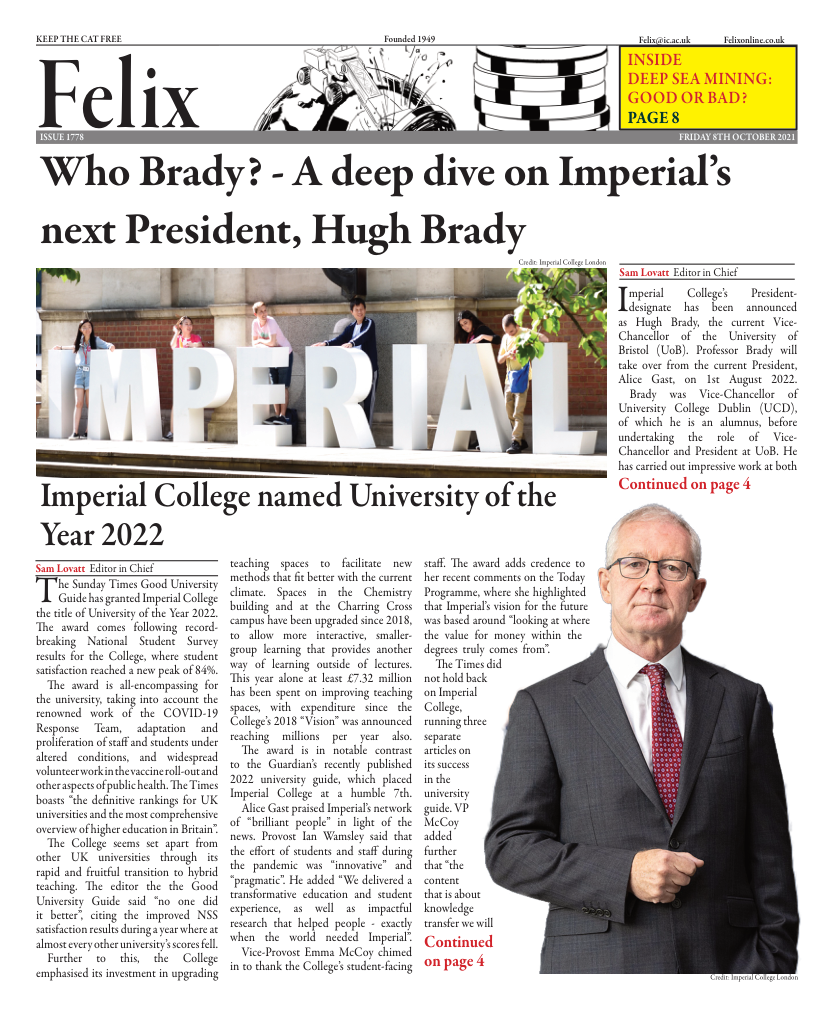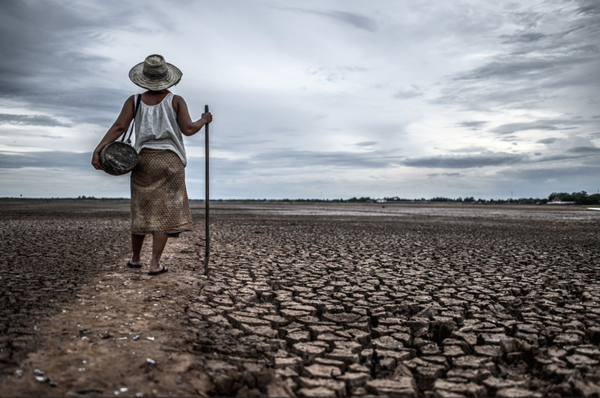Is that really a sustainable alternative?
Tackling common misconceptions about 'sustainable' products

Green-washing is a term that most of us have come across at one point or another. It’s a practice that preys on people’s good intention to be sustainable, when the product or service being sold isn’t actually beneficial to the environment – at least not when considering the big picture. In fact, green-washing is more common than we think, and even the most popular sustainable alternatives have a deeper dimension that needs to be considered if we want to make truly sustainable choices. Whilst no product has a perfect profile in terms of environmental impact (everything has some impact), here are a few items that intuitively might feel like better options but require a more critical analysis:
1. Almond milk
In recent years, there has been an ever-expanding range of plant-based dairy alternatives, from soy milk, oat milk, rice milk, coconut milk, cashew milk, hazelnut milk and more. Amongst these is almond milk, one of the more commonly seen options on the menu boards of coffee shops. However, whilst almond milk performs better in terms of LCA’s (life cycle analyses) of GHG emissions compared to dairy milk produced under industrial farming practices, in terms of water usage, it’s bad news. Many studies have found that almond milk uses more water, with some citing values of up to 17 times more than cow milk per litre, whilst others point to specific figures of 307L per 48oz compared to 175L for the same amount. Besides the considerable strain put on water usage, the process of manufacturing the milk from the nut leaves a by-product of almond pulp which is currently not reused for any other purposes, resulting in huge volumes of waste.
2. Bamboo fabric
Many apparel brands have been touting their use of bamboo fabrics as a more sustainable fabric, especially when compared to cotton, one of the most pesticide-laden crops. Bamboo does have many unique properties that make it environmentally friendly (such as not requiring any fertilisers and being highly renewable due to its fast growth). However, the process of converting the plant into its textile form is not only highly energy-intensive if done mechanically, but that in cases where chemical processing is required, harsh toxins leak into the surrounding environments, which often tend to be countries much removed from where the final products are purchased. Another issue with bamboo is that China is the predominant producer of this crop and because that makes it such a lucrative industry, farmers often grow monocultures of bamboo, which in turn has implications for biodiversity and habitat loss. If you’re considering purchasing bamboo-based fabric, pay attention to how transparent the company is about where its bamboo comes from and whether there are any credible certifications for it.
3. Coconut oil
When it comes to oils, palm oil has often been the villain, with alternatives like coconut oil taking the spotlight for not just cooking but beauty-related uses too. However, one study argued that coconut oil might be worse than palm oil with regard to biodiversity impacts. Authors found that 1 million tons of coconut oil production threaten 18.3 species on the IUCN Red List compared to 3.8 for palm oil. This is because coconuts tend to be grown on tropical islands, which are typically biodiversity hotspots containing many endemic species. This finding has sparked huge debate, and it doesn’t necessarily mean palm oil is ‘good’ because in absolute numbers, palm oil still threatens more species than coconut oil (the prior covers approximately 18.3 million hectares of land whereas the latter is 12.3 million hectares), and large scale monocultures are highly damaging regardless of what the crop is. But the authors wanted to highlight that coconut oil isn’t all that innocent either and that more data is needed for consumers to make balanced choices not just based on impressions from the media.
The point of this article is not to say that you should never use the products listed. Instead, the aim is to highlight the complexity and multi-faceted nature of assessing a products’ environmental impact and understand that we have to be more critical when it comes to products labelled ‘sustainable’ – even the most common ones. Ultimately, we are voting with our consumption choices, and even though there is no such thing as a ‘perfect choice’, it’s worth checking to make sure that your vote is going where you want it to.









